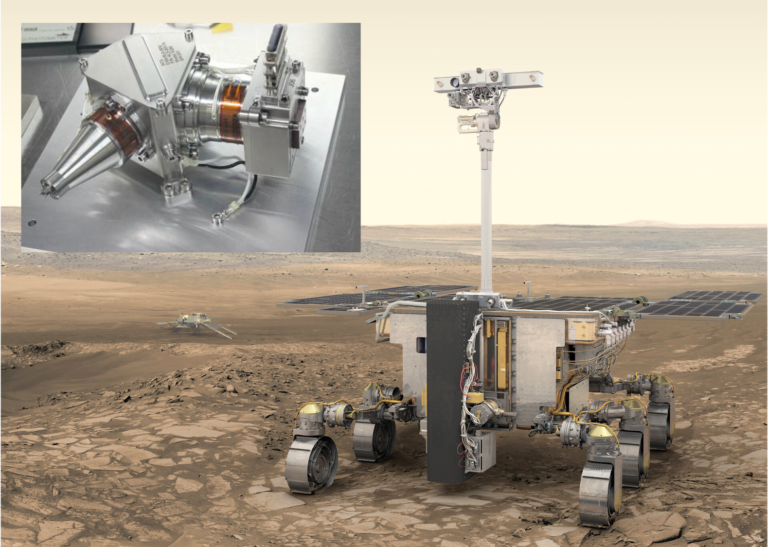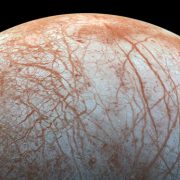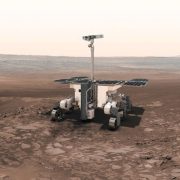Implementation period: 2020-2022
Funding Agency: Ministry of Science and Innovation
Reference: PID2019-107442RB-C32, project coordinated with the University of Valladolid (PI: Fernando Rull) and INTA (PI: Tomás Belenguer).
ExoMars landing site: Oxia Planum
MMX landing site to be determined
PI1: Olga Prieto Ballesteros
PI2: Daniel Carrizo Gallardo
Science Team
Andoni G. Moral Inza (Project manager), Laura Seoane Purriños, Sergio A. Ibarmia Huete, Rosario Canchal Moreno, Eva Mateo Martin, Iván López Ruiz, Marta Ruiz Bermejo, José Luis de la Fuente Gómez, Mª Teresa Fernández Sampedro
Working Team
Antonio Molina Jurado, M. Victoria Muñoz Iglesias, AAlberto González Fairén, Eduardo José Cueto Díaz, Santos Gálvez Martínez, María Paz Martín Redondo, Paloma Martínez Sarmiento, Antonio Jiménez Martínez, Laura J. Bonales, Oscar Ercilla Herreros, Ana de Dios Cubillas
The objective of this project is to contribute to the robotic exploration of Mars and its moons through the use of spectroscopic techniques, especially Raman. Once developed and integrated, the Raman instrument for Exomars 2020 and the calibration system for SuperCam on Mars 2020, the overall objective focuses on participating in the scientific and technical operations of both missions from our levels of competence in the technical and tactical operation and from the highest levels in the scientific exploitation of the data obtained. The project also includes technical and scientific contributions to the new Raman instrument for the MMX mission. Among the science objectives related to the science supporting the above-mentioned 2020 missions, it is worth mentioning the coordinated work to be performed with the RLS Exomars EQM2, the replacement model (FS) and the Raman operation simulator. These tasks include the analysis of all kinds of samples in terrestrial and Martian conditions, mainly related to prospective materials at the Oxia Planum landing site. At SuperCam, it involves the remote Raman-LIBS analysis (between 1.5 and 2m) of numerous samples in relation to the Yezero crater. The operation and interpretation of the data will be ratified by the use of other laboratory instruments, which will guarantee the mission objectives.
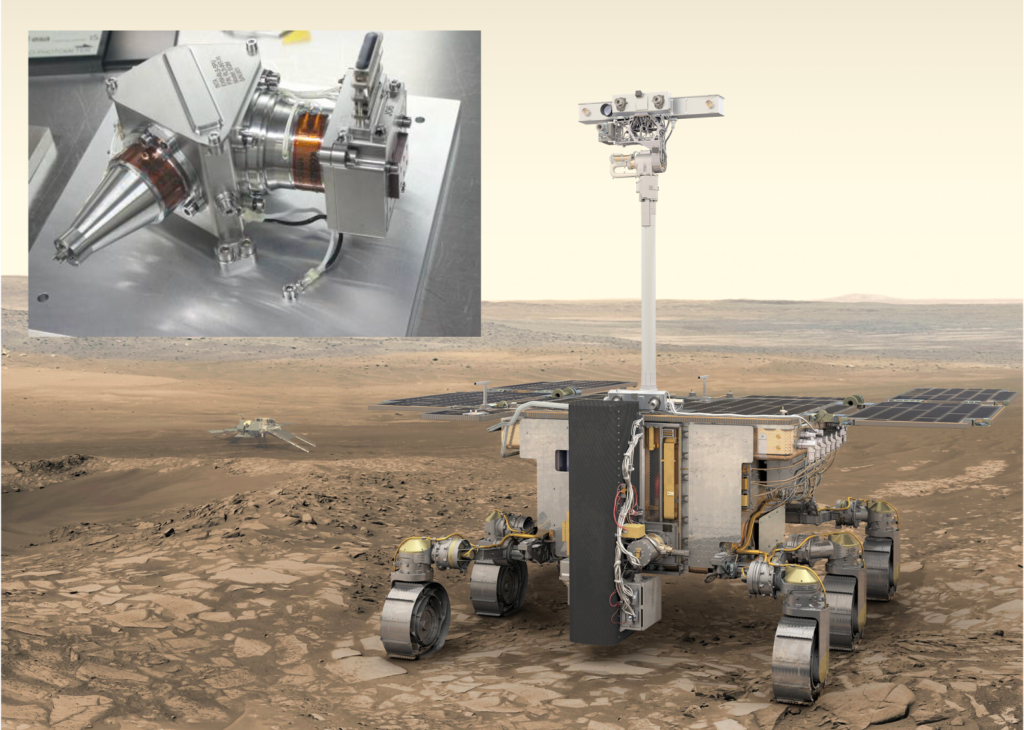
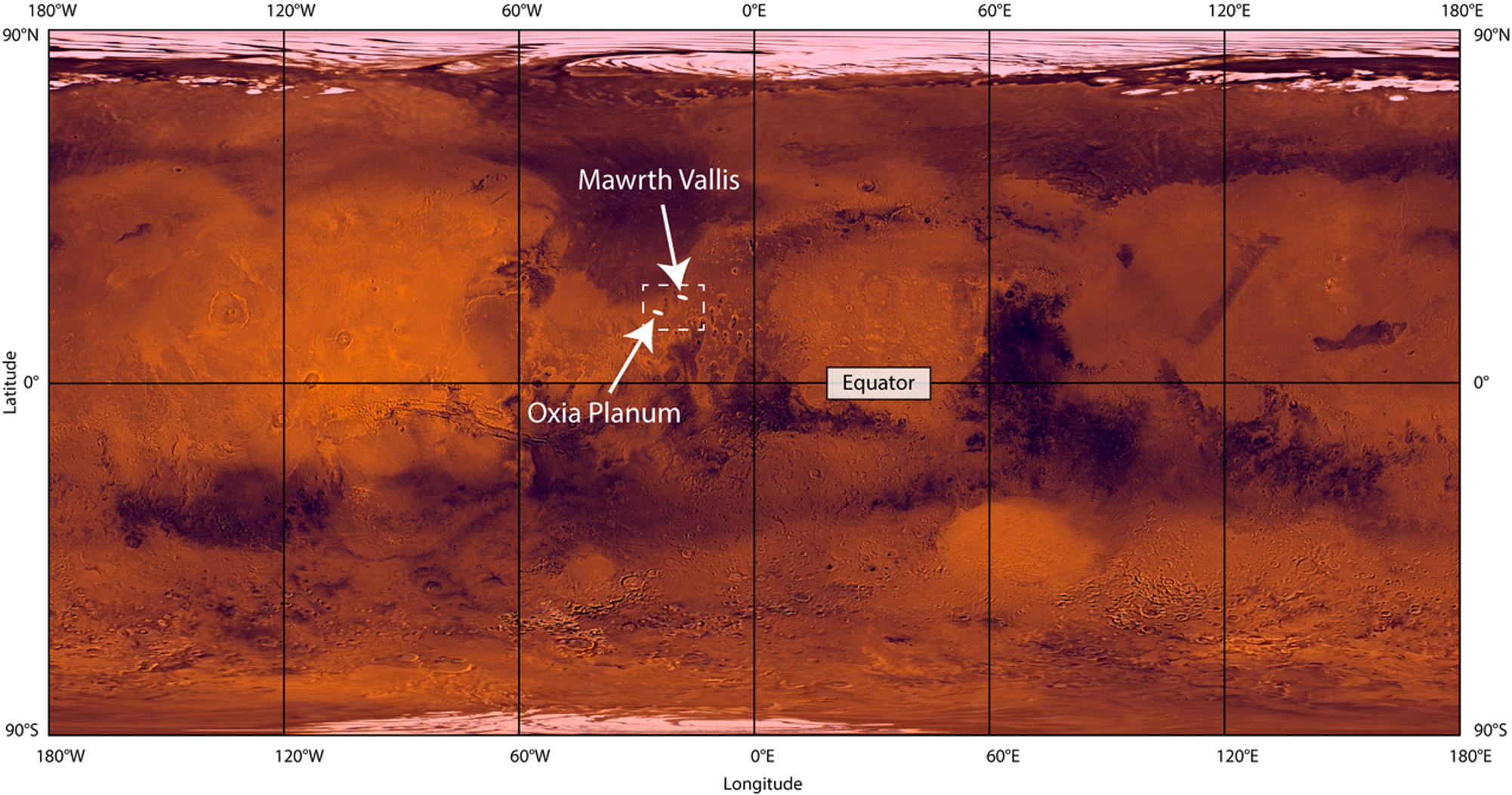
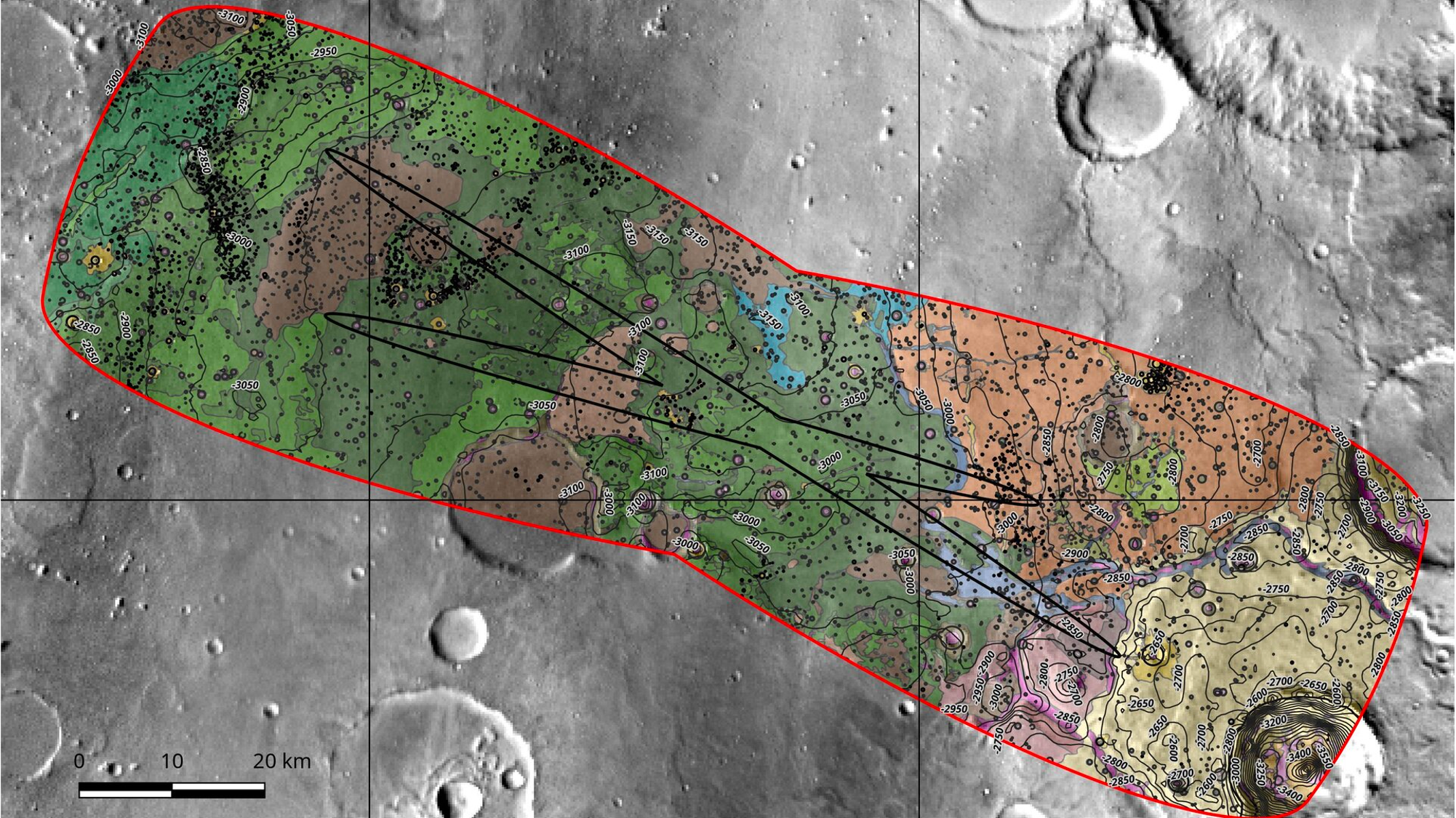
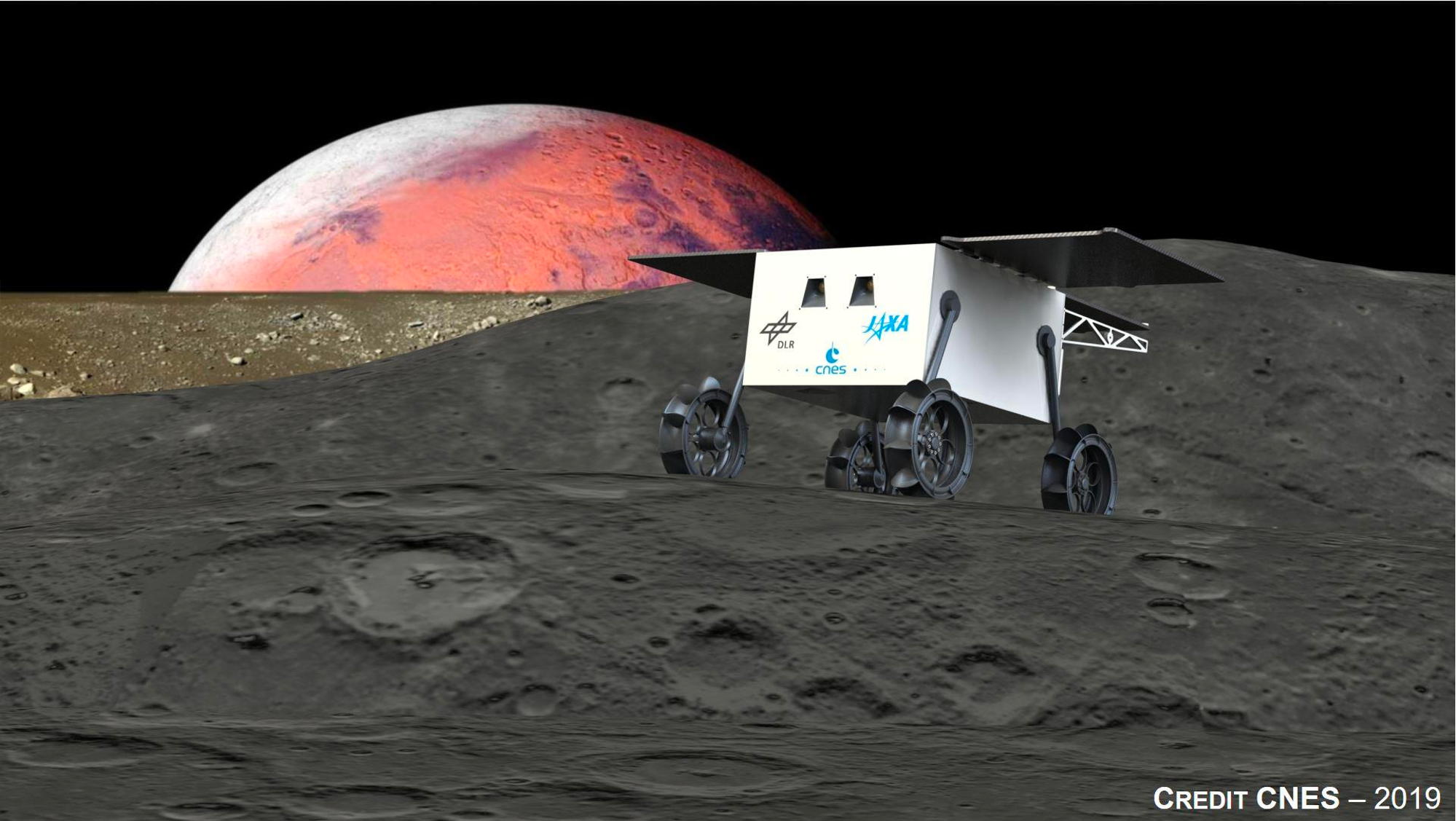
The rover of the MMX mission 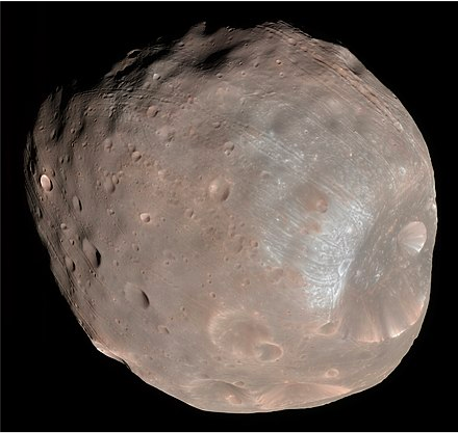
Color image of Phobos, imaged by the Mars Reconnaissance Orbiter on 23 March 2008






